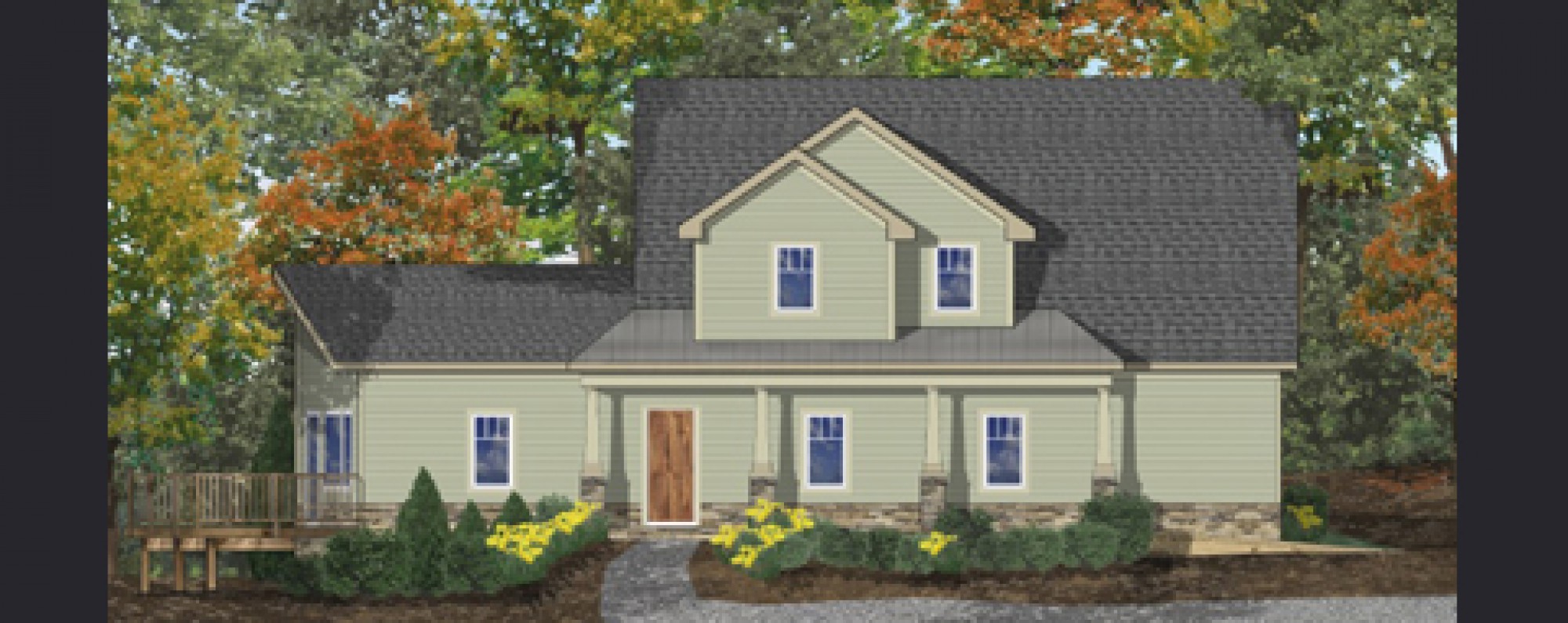Friday after the insulation was complete Ken did a blower door test. It’s taken me 2 years of research to get to under stand what XX ACH50 means, and what tight mean for a house. For those who are just learning I’ll try to explain.
You start by closing the house up tight, windows & door closed, plumbing vents, sump vents and so on are taped shut. A box with a fan is mounted in the front door. See photos.

The fan is run to depressurize the house to 50 Pascal’s. The fan is controlled by a device that measures the difference in pressure of the outside to the inside of the house. It was having trouble holding on the 50 Pascal’s, note the black disks in the holes around the fan. Ken had to add a couple more to get the fan to settle down. My guess that is because the house is so tight.
There are many articles online about house tightness and blower door testing. As a reference for you, the 2015 Code will require all house to achieve a “3 ACH50” . That’s 3 full house Air Changes per Hour at 50 Pascal’s of depressurization. NJ has adapted the 2015 code effective March 2016, but not the 3 ACH50 requirement. Pulte the 4 largest builder in the US has announced they will build a High performance model in CA this spring with a 3.5 ACH50 target. It is the future, but the future isn’t here in a big scale yet.
Our reading Friday was an 0.5 ACH50. I think that is about as tight as a house can get. That means the fan can only suck half the full volume of the air of the house in an hour. Here is the gage. It shows at -50.1 Pascals the fan is sucking out 401 CFM, the full house volume is 46,251 CF. All I can say is success. That’s 600% better than code. ( and one builder told me I’m reading to much) 🙂








